-
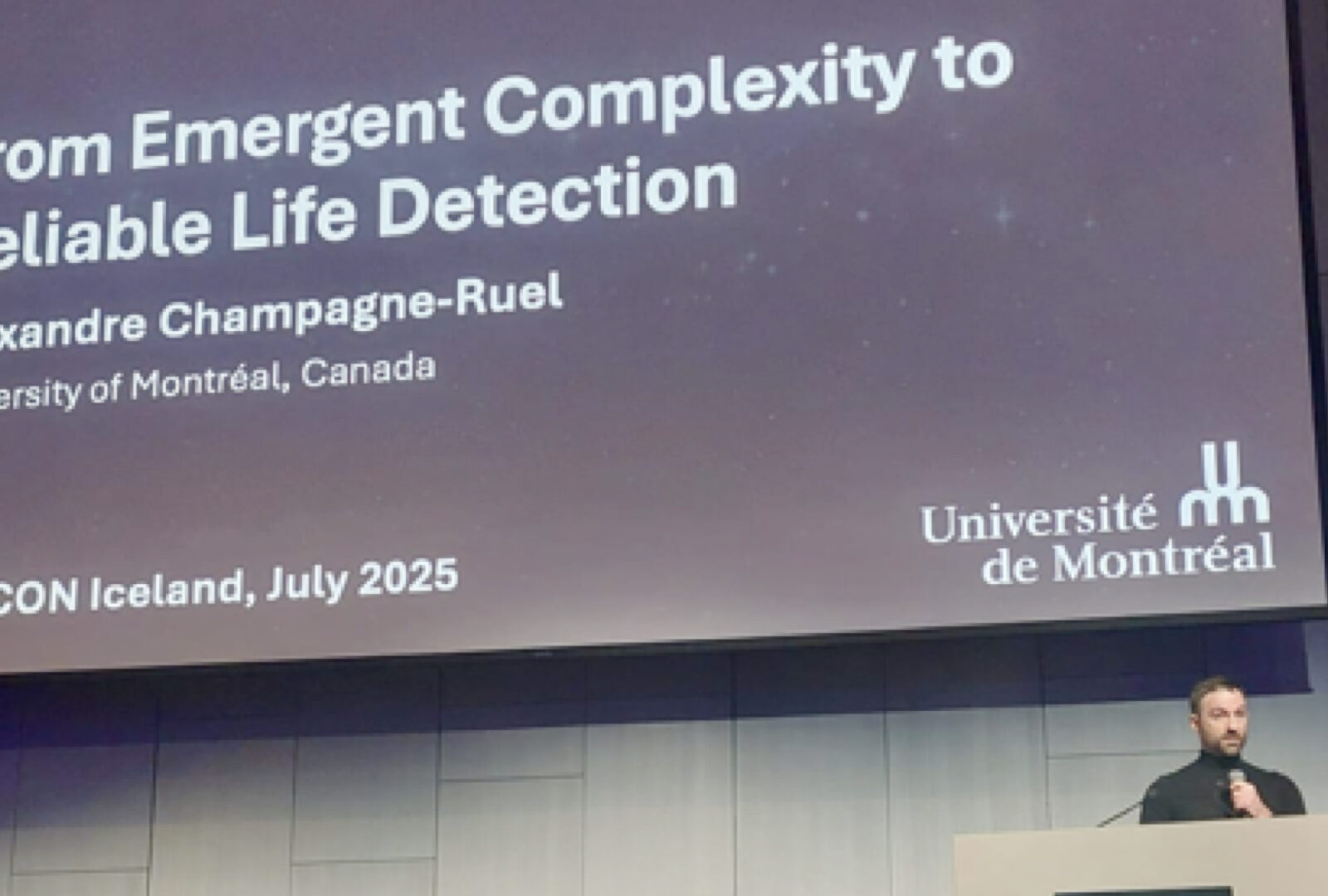
PhD student Alexandre Champagne-Ruel awarded NASA postdoctoral fellowship
Physics PhD graduate from Université de Montréal, Alexandre Champagne-Ruel, has been awarded a NASA Postdoctoral Program fellowship to continue his research at Arizona State University.
-
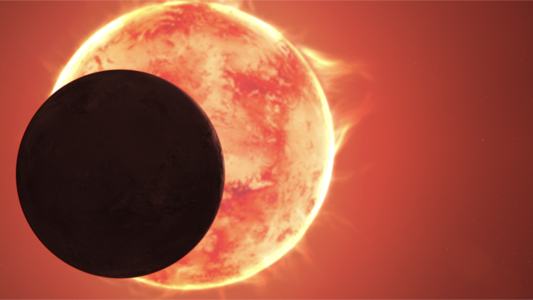
Habitable or Not? Astronomers Probe Exoplanet TRAPPIST-1 d Using the Webb Telescope
Could Earth-sized exoplanets be habitable? A new study led by Caroline Piaulet-Ghorayeb, a previous member of the Center of Research in Astrophysics of Quebec, suggests it’s still too soon to say—at least when it comes to TRAPPIST-1 d.
-
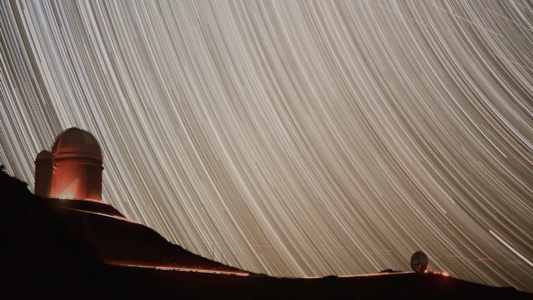
The NIRPS instrument: a new eye on the sky in Chile
The Near-InfraRed Planet Searcher (NIRPS) is a new high-resolution spectrograph designed to search for exoplanets, planets orbiting stars other than our Sun, and study their atmospheres.
-
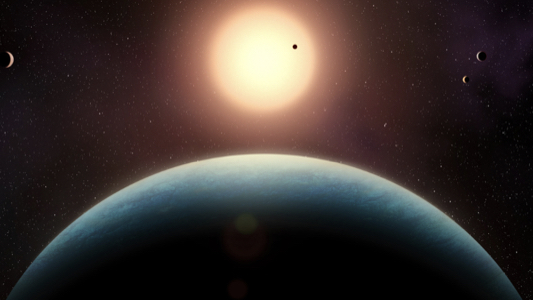
A diverse cast of rocky worlds around a small star revealed by Montreal astronomers
A team led by members of the Center for Research in Astrophysics of Quebec has achieved the most precise study to date of the L 98-59 planetary system.
-
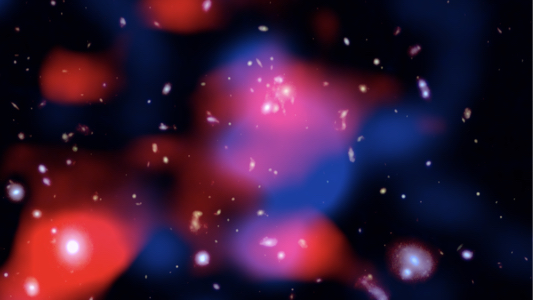
Discovery of ‘mini halo’ points to how the early universe was formed
Astronomers co-led by Professor Julie Hlavacek-Larrondo from the Center for Research in Astrophysics of Quebec detect a gigantic cloud of high-energy particles 10 billions light years away from Earth.
-
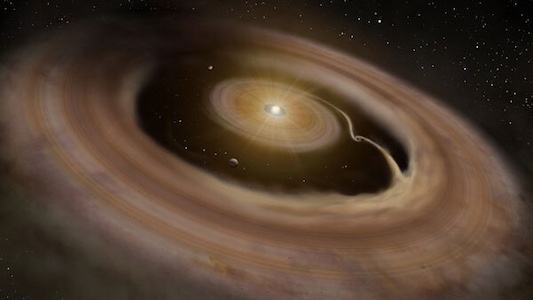
JWST Captures Unprecedented Glimpse of Planet Formation in the PDS 70 System
A new study led by University of Victoria Ph.D. candidate Dori Blakely, with key contributions from researchers at the Trottier Institute for Research on Exoplanets (IREx), has used the James Webb Space Telescope (JWST) to capture an unprecedented view of planet formation in the PDS 70 system.
-

A Canadian team joins ESO in milestone agreement for ANDES instrument on the ELT
On June 5th, the European Southern Observatory (ESO) signed an agreement with an international consortium of institutions for the design and construction of ANDES, the ArmazoNes high Dispersion Echelle Spectrograph. The ANDES instrument will be installed on ESO’s Extremely Large Telescope (ELT).
-

Julie Hlavacek-Larrondo : FRQ’s Etoile Montante
The Centre for Research in astrophysics of Quebec (CRAQ) congratulates Julie Hlavacek-Larrondo, a member of the CRAQ, who has been awarded the first Etoile Montante prize by the Fonds de recherche du Québec – Nature et technologies (FRQNT).
-

Landolt space mission: artificial stars for more precise measurements of star brightnesses
The new NASA Landolt space mission, planned for 2029, promises major scientific breakthroughs. The mission, at a cost of $19.5 million, aims to create artificial stars that will enable better calibration of ground-based telescope observations, thus allowing for more precise measurement of star brightnesses.
-

Antoine Bédard receives the 2024 Plaskett Medal
The Canadian Astronomical Society (CASCA) and the Royal Astronomical Society of Canada (RASC) awarded the J.S. Plaskett Medal for 2024 to Antoine Bédard for the best doctoral thesis in astrophysics in Canada.
-

2024 CAP Herzberg Medal: Julie Hlavacek-Larrondo
Julie Hlavacek-Larrondo, a member of the Centre for Research in Astrophysique of Quebec, has been awarded the Herzberg Medal 2024 by the Canadian Association of Physicists (CAP)
-
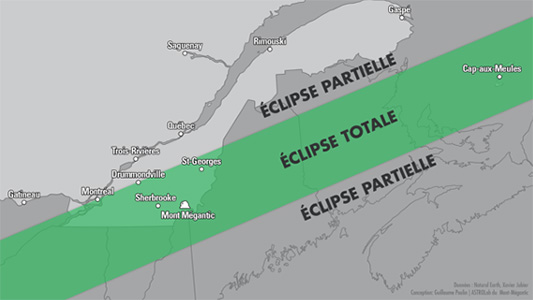
The solar eclipse on April 8, 2024: a show not to be missed!
Astrophysicists from across Quebec, gathered at the Center for Research in Astrophysics of Quebec, encourage you to see the solar eclipse on April 8, an astronomical show not to be missed! On that day, tens of millions of… Read More
-
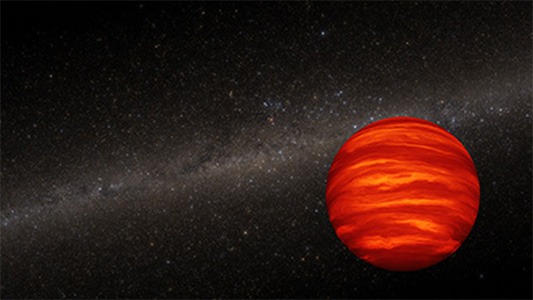
CRAQ Astrophysicist Finds that Aging Brown Dwarfs Grow Lonely
This artist’s concept shows a brown dwarf, an object more massive than a planet but smaller than a star. We know that brown dwarfs can have binary companions. But as they age, some of these binary systems gravitationally… Read More
-
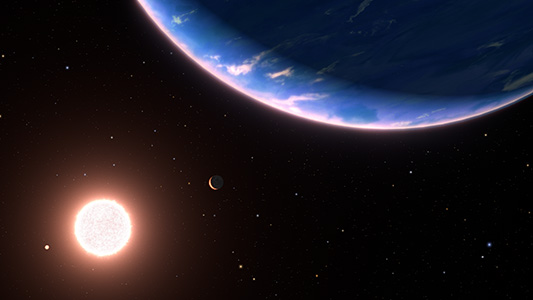
Discovery of Water Vapor in Small Exoplanet’s Atmosphere
With a diameter approximately twice that of Earth, GJ 9827 d could be an example of a planet with a water-rich atmosphere, according to researchers at UdeM. This is an artist’s concept of the exoplanet GJ 9827d, the… Read More
-
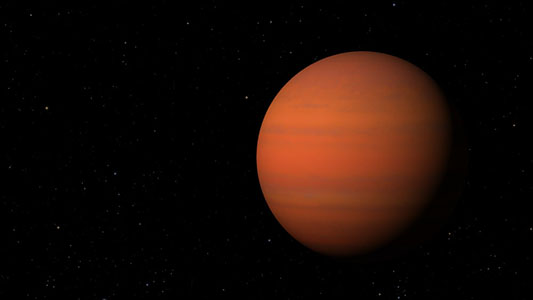
Secrets of a Hot Saturn and its Spotted Star Unlocked by Centre for Research in Astrophysics of Québec Astronomers
A team of astronomers has unravelled the enigmatic atmosphere of the exoplanet HAT-P-18 b, shedding light on its intriguing blend of gases, clouds, and even the effects of its star’s activity. Leveraging the James Webb Space Telescope and… Read More
-
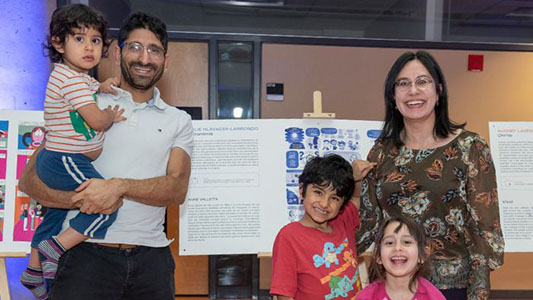
«Les chercheuses en BD» Exhibition
Julie Hlavacek-Larrondo, a member of the Centre for Research in Astrophysique of Quebec and professor at the Université de Montréal, is one of 21 French-speaking female researchers whose careers and work have been illustrated in the second “Les… Read More
-

Simon Blouin receives FRQNT’s Prix Relève étoile Louis-Berlinguet
The Centre for Research in Astrophysics of Quebec(CRAQ) congratulates Simon Blouin, a former CRAQ member currently a postdoctoral fellow in astrophysics at the University of Victoria, on winning the Prix Relève étoile Louis Berlinguet from the Fonds de… Read More
-

Nicolas Cowan receives the Arthur B. McDonald 2023 Fellowship
Nicolas Cowan, a member of the Centre for Research in Astrophysics of Québec, has been awarded the Arthur B. McDonald Fellowship 2023. Nicolas has been a professor at McGill since 2015. His specialty is the study of the… Read More
-

Nathalie Nguyen-Quoc Ouellette, an “Emerging Leaders of 2023” by the Women’s Executive Network
Dr. Nathalie Nguyen-Quoc Ouellette, astrophysicist, Associate Director of the Trottier Institute for Research on Exoplanets (iREx) at the Université de Montréal and collaborator member of the Centre for Research in Astrophysics of Quebec, has been recognized as one… Read More
-
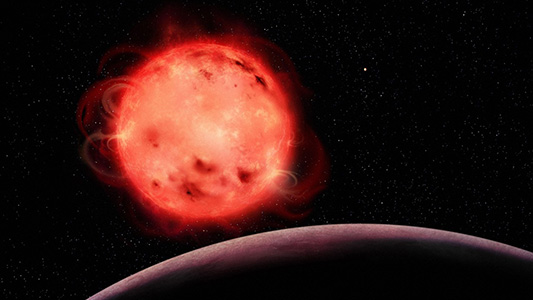
UdeM-Led Study of Exoplanet TRAPPIST-1 b Reveals New Insights into its Atmosphere and Star
A team of astronomers led by members of the Centre for Research in Astrophysics of Quebec (CRAQ) has made an important leap forward in our understanding of the intriguing TRAPPIST-1 exoplanetary system. Not only has their research shed… Read More
-

Étienne Artigau, recipient of a Fonds de recherche du Québec award
Étienne Artigau, a researcher at the Trottier Institute for Exoplanet Research at the Université de Montréal and a collaborating member of the Centre for Research in Astrophysics of Quebec, wins the 2nd Prix d’excellence des professionnels et professionnelles… Read More
-
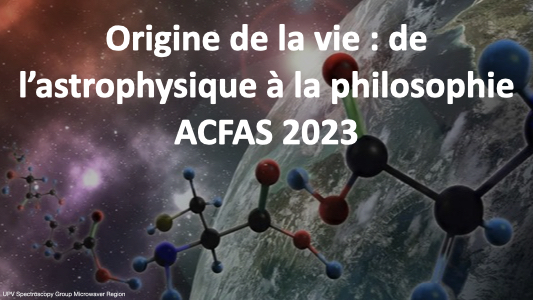
‘Origin of life: from astrophysics to philosophy’, a colloquium presented at ACFAS 2023
As part of the 90th ACFAS Congress, several members of Centre for Research in Astrophysics of Quebec (CRAQ) took part in a colloquium entitled “Origin of life: from astrophysics to philosophy”. The symposium opened with a much-appreciated talk… Read More
-

Antoine Bédard receives IAU award
Antoine Bédard, who recently completed his doctoral thesis under the supervision of Université de Montréal physicists Pierre Brassard and Professor Pierre Bergeron (and initially our late colleague Professor Gilles Fontaine), has won an award for excellence in astrophysics… Read More
-

René Doyon receives prestigious NASA Medal for work on JWST
On May 24, 2023, Prof. René Doyon received a NASA Medal for Exceptional Public Service for his contributions to the James Webb Space Telescope (JWST) mission. Prof Doyon is the Principal Investigator of the Canadian NIRISS instrument aboard… Read More
-
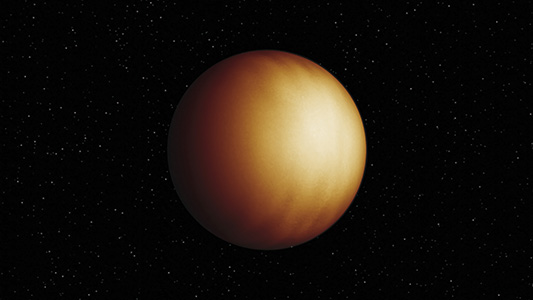
Canadian NIRISS instrument on Webb Maps an Ultra-Hot Jupiter’s Atmosphere
There’s an intriguing exoplanet out there – 400 light-years out there – that is so tantalising that astronomers have been studying it since its discovery in 2009. One orbit for WASP-18 b around its star that is slightly… Read More
-
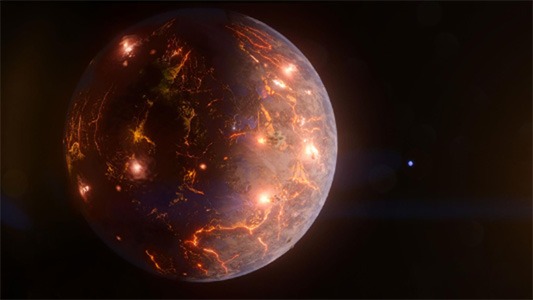
A likely volcano-covered terrestrial world outside the Solar System
LP 791-18 d, illustrated here, is an Earth-size world about 86 light-years away. The gravitational tug from a more massive planet in the system, shown as a blue dot in the background, may result in internal heating and volcanic eruptions… Read More
-

WHERE WILL YOU BE ON APRIL 8, 2024?
Montreal, April 4, 2023 – One year from today, an extremely rare afternoon solar eclipse will be visible from southern Quebec. This spectacular phenomenon occurs when the Moon passes between the Earth and the Sun. During total solar… Read More
-

2022 CAP Herzberg Medal: Daryl Haggard
The 2022 Canadian Association of Physics (CAP) Herzberg Medal is awarded to Daryl Haggard, McGill professor and member of the Center for Research in Astrophysics of Quebec (CRAQ), in recognition of her leadership role in the development of… Read More
-

Discovery of two exoplanets that may be mostly water
Artistic representation of the planetary system of the star Kepler-138. We see Kepler-138 d in the foreground, and closer to the star, Kepler-138 c. These two planets are probably composed mainly of water. The small planet Kepler-138 b… Read More
-

Finalist for the 2022 Prix de la Relève scientifique: Julie Hlavacek-Larrondo
Associate Professor in the Department of Physics Julie Hlavacek-Larrondo is one of two finalists for the Prix de la Relève scientifique. This is a second nomination for the researcher, following her 2019 nomination. Julie Hlavacek-Larrondo specializes in the… Read More
-

Our CRAQ colleagues, members of the CHIME team, receive the Brockhouse Canada 2022 Award
CHIME is a large, fixed radio telescope with a large collection area, wide bandwidth, and a huge instantaneous field of view (about 200 square degrees, equivalent to the area covered by more than 1000 times the size of… Read More
-
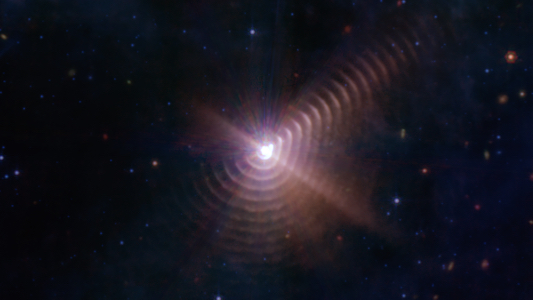
Star Duo Forms a ‘Fingerprint’ in Space, NASA Webb Finds
Astronomers share a new image shows at least 17 dust rings created by a rare type of star and its companion, locked in a celestial dance. The team of astronomers includes Anthony Moffat, Université de Montréal Emeritus Professor… Read More
-
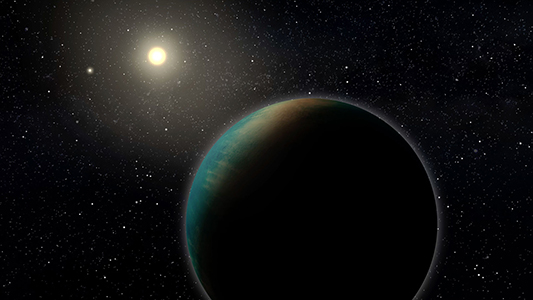
An extrasolar world covered in water?
With the help of instruments designed partly in Canada, a team of astronomers from the CRAQ have discovered an exoplanet that could be completely covered in water, a target they hope to observe with the Webb telescope soon…. Read More
-
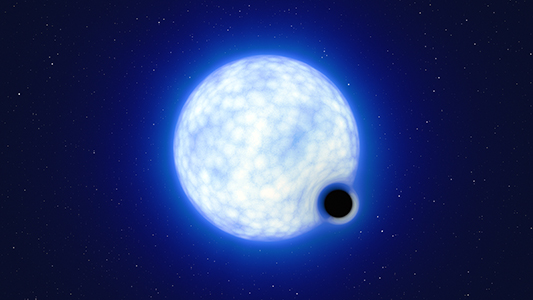
‘Black hole police’ discover a dormant black hole outside our galaxy
A team of international experts, including Université de Montréal Emeritus Professor Anthony Moffat and member of the Center for Research in Astrophysics of Quebec (CRAQ), have found a stellar-mass black hole in the Large Magellanic Cloud, a… Read More
-
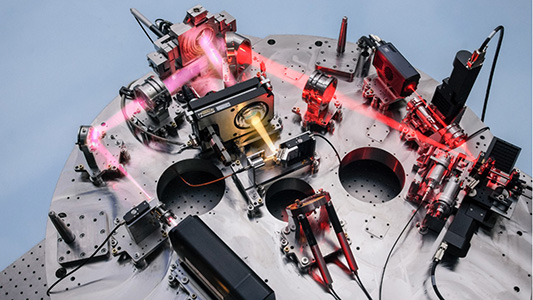
A new planet hunter awakens: NIRPS instrument sees first light
The Near InfraRed Planet Searcher (NIRPS) instrument, developed in part at the Université de Montréal and the Université Laval, has successfully performed its first observations. Mounted on ESO’s 3.6-m telescope at the La Silla Observatory in Chile, NIRPS’s… Read More
-
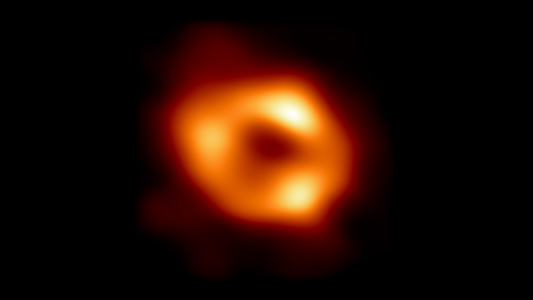
Astronomers reveal first image of the black hole at the heart of our galaxy
Astronomers have unveiled the first image of the supermassive black hole at the centre of our own Milky Way galaxy. This result provides overwhelming evidence that the object is indeed a black hole and yields valuable clues about… Read More
-
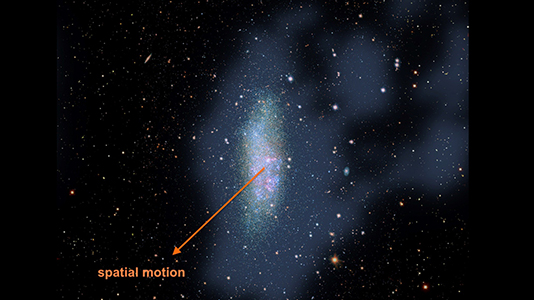
A fully isolated dwarf galaxy unexpectedly affected by ram pressure
Dwarf galaxies are known to be pristine probes of the early Universe, especially when they are isolated and not interacting with massive galaxies. Observations with the MeerKAT radio telescope of WLM, an archetype of such a galaxy, have… Read More
-
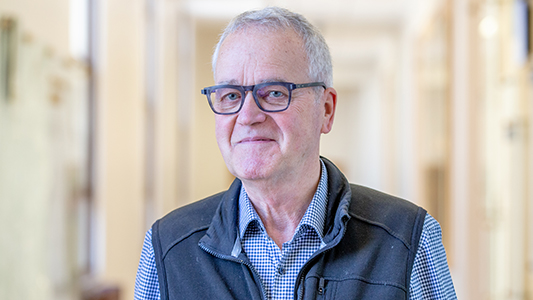
Emeritus Professor Anthony Moffat receives the Carlyle S. Beals Award for 2022
The Canadian Astronomical Society (CASCA) is pleased to announce that Université de Montréal Emeritus Professor Anthony Moffat, member of the Center for Research in Astrophysics of Quebec (CRAQ), is the winner of the 2022 Beals Award. This is… Read More
